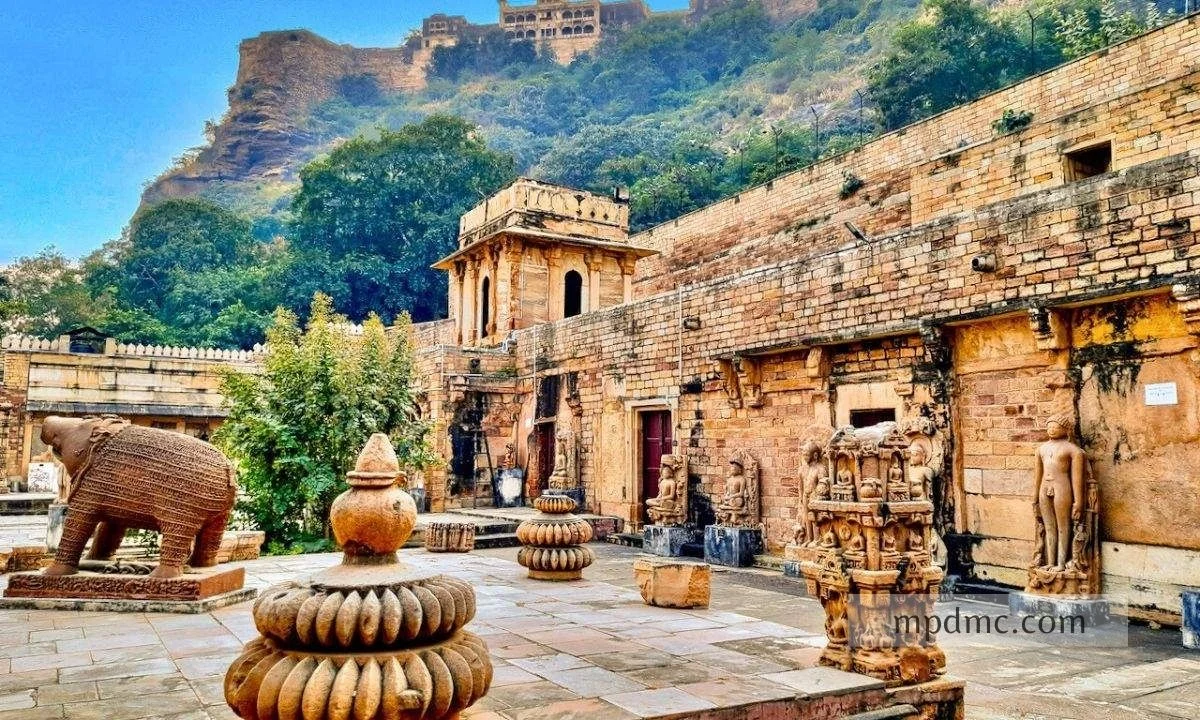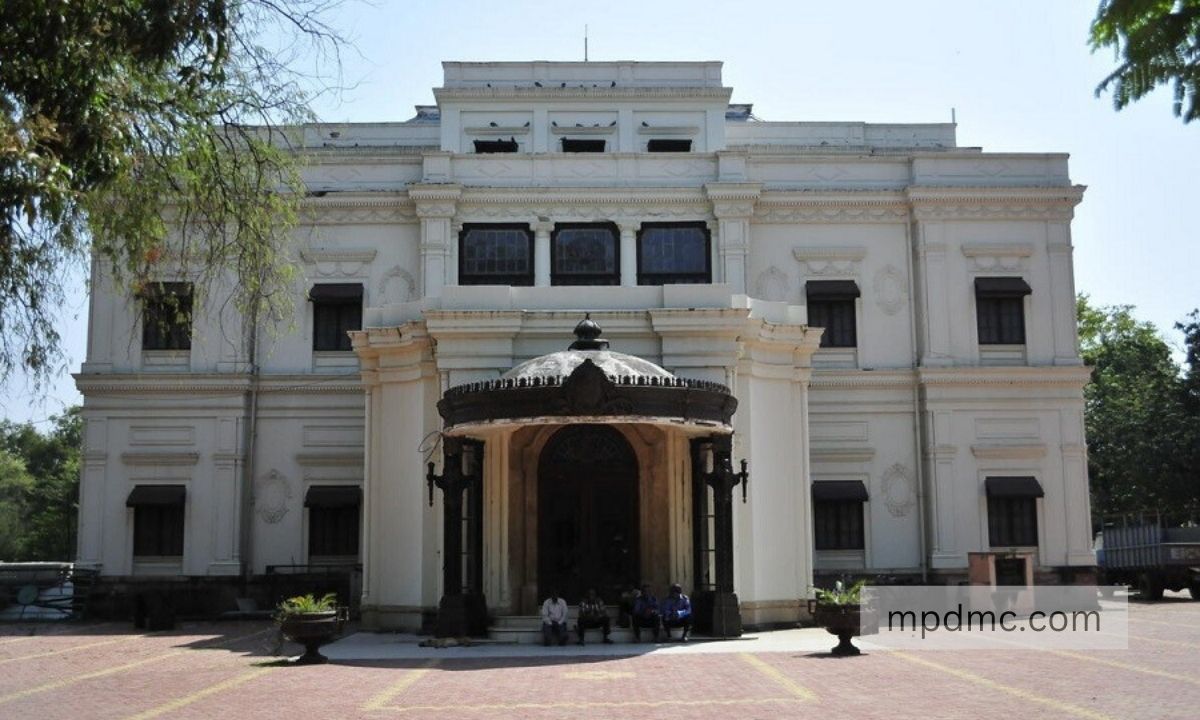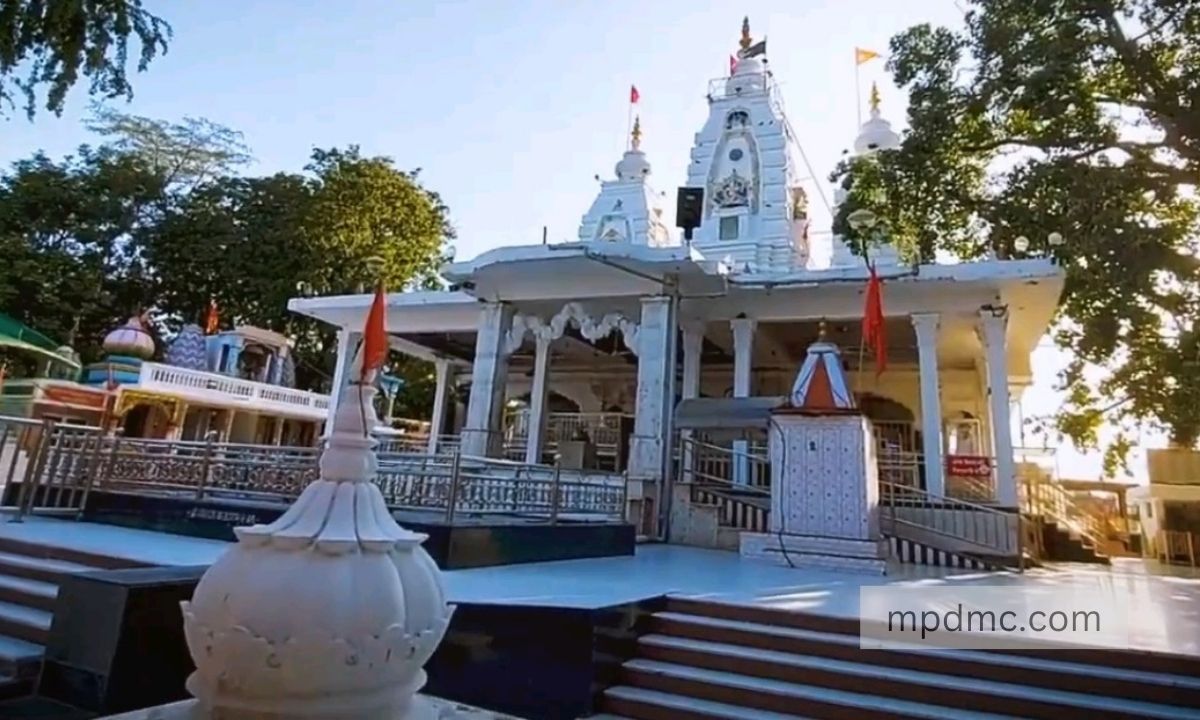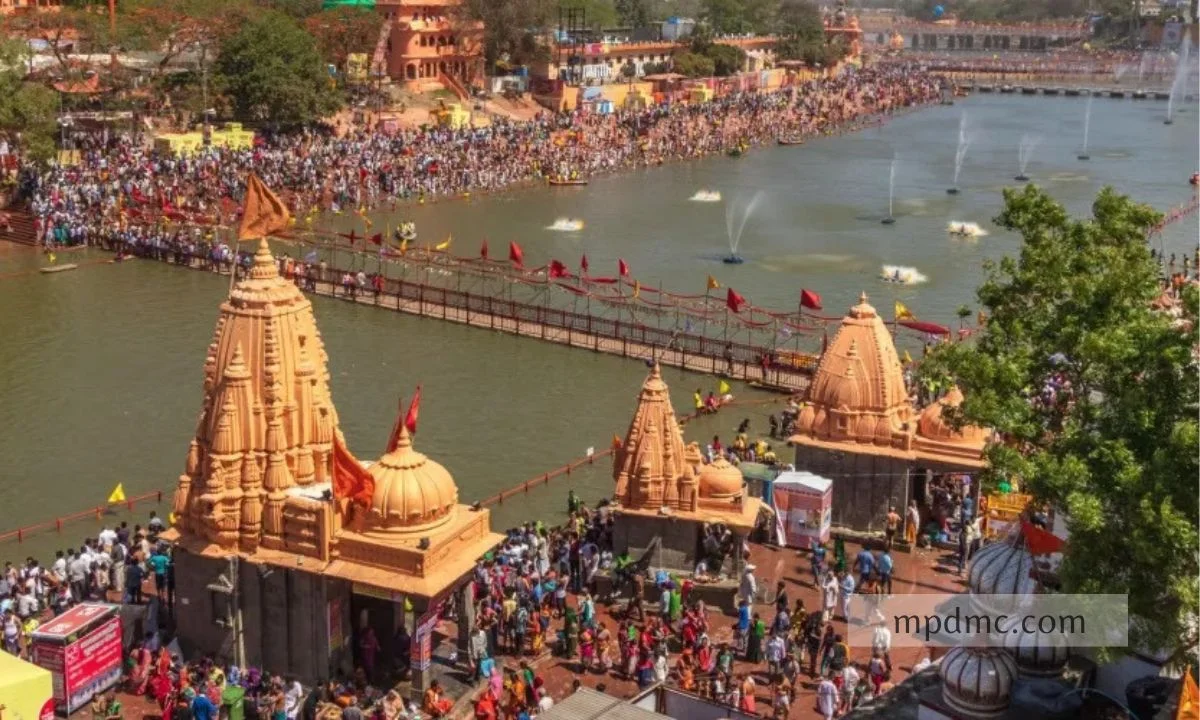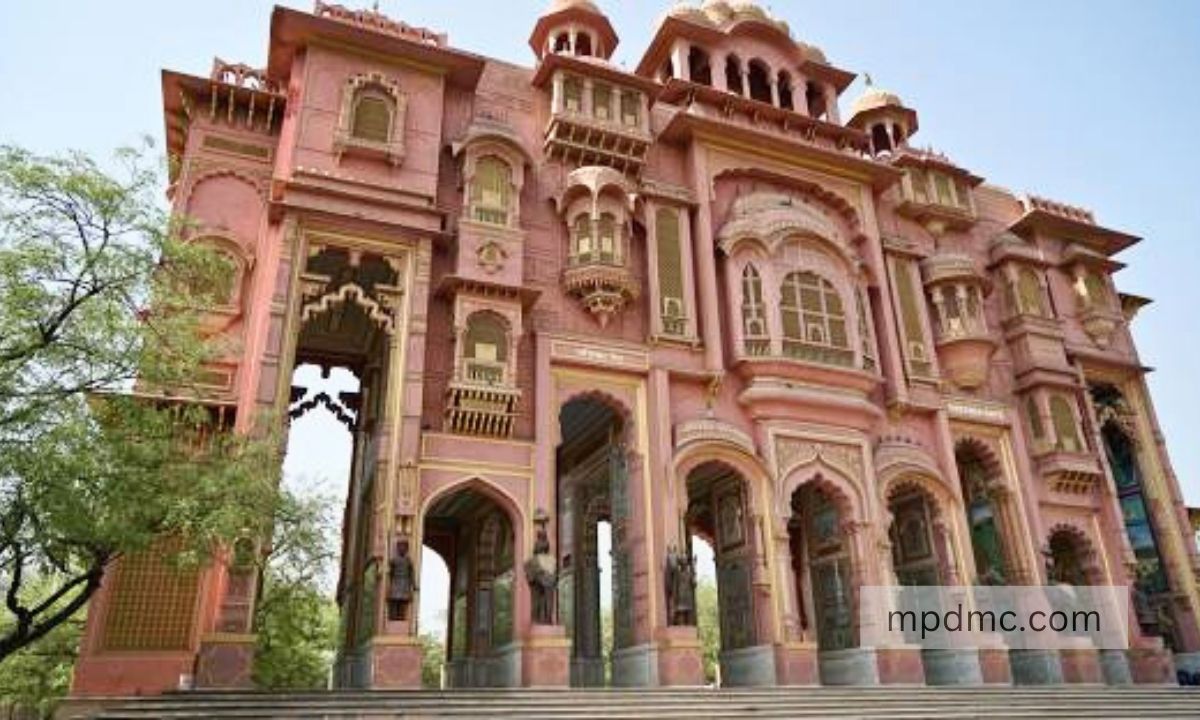.webp)
Chattris, Indore
Bump up your photography game at the spectacular chattris
- Madhya-pradesh DMC
- Posted: 01 October 2024
Madhya Pradesh, often referred to as the "Heart of India," is not only known for its rich cultural heritage and historical monuments but also for its chhatris — intricately designed cenotaphs or memorials dedicated to the royal families. The word chhatri translates to "umbrella" in Hindi, symbolizing the royal canopy under which kings, queens, and nobles were honored after their death. These architectural structures were constructed as symbols of respect and to commemorate the rulers or significant figures.The chhatris of Madhya Pradesh are architectural marvels, often adorned with exquisite carvings, domes, and arches. They are predominantly located in various regions across the state, and each reflects the cultural influence, artistic craftsmanship, and history of the era. Here’s a closer look at some of the most notable chhatris in Madhya Pradesh.
What is a Chattri?
A Chattri (or "Chhatri") is a dome-shaped structure, historically constructed as a king's cenotaph or memorial, warriors, or nobles. The word "Chhatri" comes from the Sanskrit word for umbrella, referring to the structure's canopy-like appearance. These memorials are often adorned with intricate carvings, pillars, and other architectural features, making them both artistic and historically significant.
Location.
The Gair Festival takes place in the city of Indore, the bustling commercial capital of Madhya Pradesh. Located in the heart of the state, Indore is well-connected by road, rail, and air, making it easily accessible to visitors from across the country. The festival is typically held at various venues throughout the city, including parks, auditoriums, and cultural centers, providing ample opportunities for locals and tourists alike to participate in the festivities.
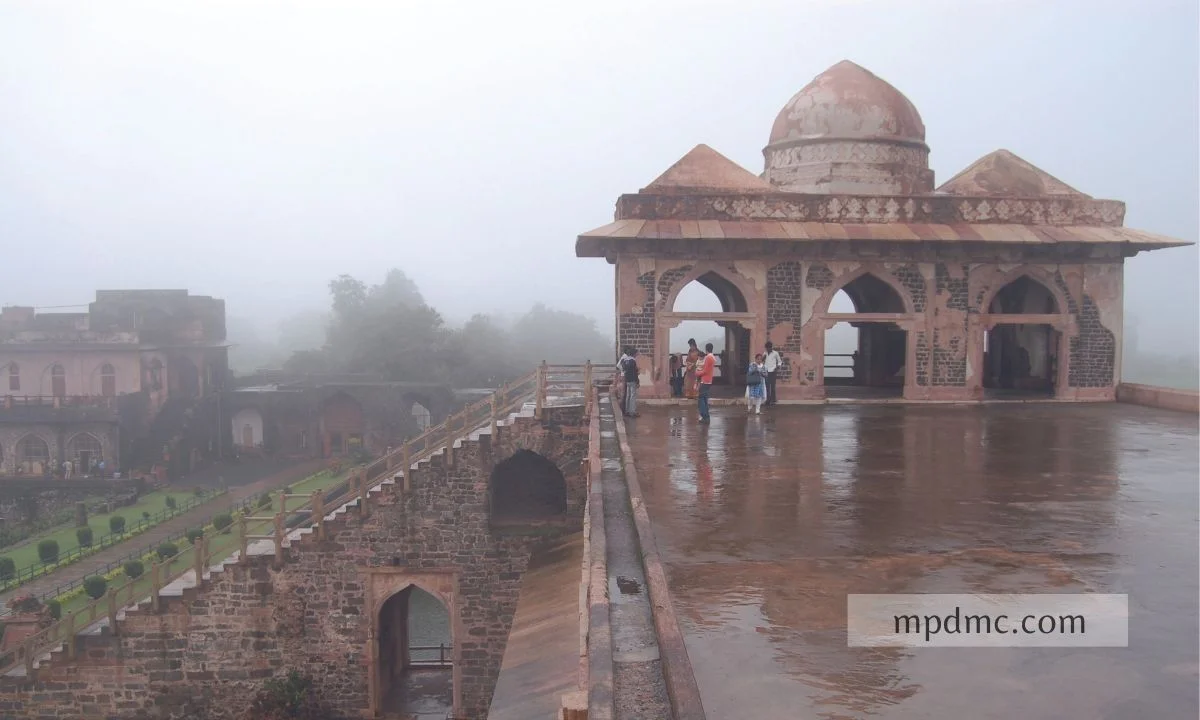

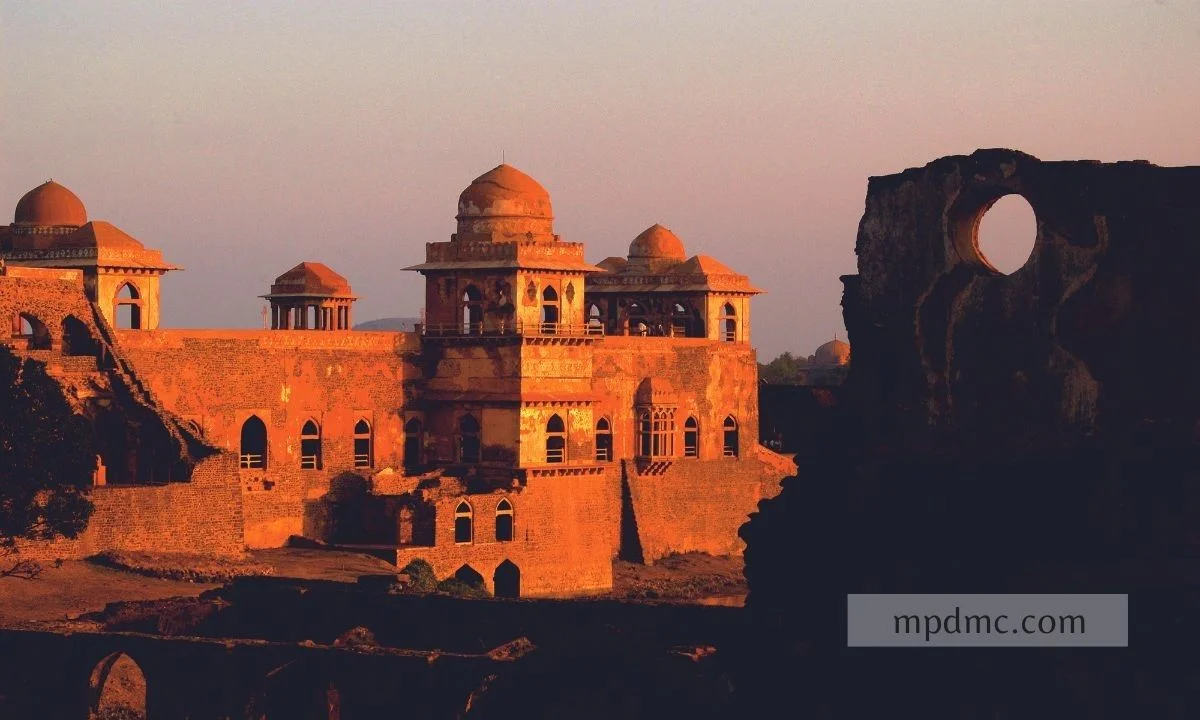
History.
The Chattris of Madhya Pradesh are deeply linked to the region’s royal history. They were often erected by kings and noble families to honor their ancestors or rulers after their deaths. In some cases, these chattris also commemorate warriors who died in battle or significant political figures. These memorials are an expression of the cultural heritage, artistic skills, and architectural innovation of the time.
The construction of Chattris acquired prominence during the medieval era, especially under the influence of the Rajputs and Mughals. The Chattris represented the authority and status of the ruling class. These buildings' designs fused Mughal and traditional Rajput architectural elements to create a singular and breathtaking combination that is still admirable today.
Features.
- Dome-Shaped Architecture The most distinctive feature of a Chhatri is its dome-shaped structure, resembling an umbrella. This design symbolizes protection and honor, often reflecting the status of the person it memorializes. The domes are supported by pillars or columns, and many have intricate engravings on their exteriors.
- Intricate Carvings and Ornamentation Chattris are known for their exquisite carvings, which include floral motifs, geometric patterns, and sometimes even depictions of royal figures. The carvings reflect the cultural and artistic richness of the time, combining elements of Rajput, Mughal, and Hindu design.
- Blend of Architectural Styles The Chattris in Madhya Pradesh are a blend of Rajput, Mughal, and Maratha architectural styles. While Rajput designs focus on fort-like robustness and ornamentation, Mughal influences bring in symmetry, domes, and expansive arches. This combination makes the combining elements of Rajput, Mughal, and Hindu design.
- Stone and Marble Construction The majority of Chattris in Madhya Pradesh are made of locally accessible marble and stone, which contributed to the buildings' durability. Their longevity over millennia is guaranteed by the use of these materials, which also enhances their visual appeal.
- Symbol of Royal Legacy Each Chhatri serves as a memorial for a king, warrior, or noble. It is an expression of the royal family's respect and tribute to their ancestors or heroes. The royal insignia and names inscribed on many of these chattris provide valuable historical insights into the ruling dynasties of the region.
The Chattris of Madhya Pradesh are not only architectural wonders but also important cultural and historical landmarks. Each Chhatri is a testament to the region's royal past, showcasing stunning craftsmanship and intricate design. Whether you're a history buff, architecture lover, or simply a traveler seeking a deeper understanding of India's heritage, the Chattris in Madhya Pradesh are must-visit destinations. They provide a singular opportunity to travel back in time and discover the core of India's royal heritage.

